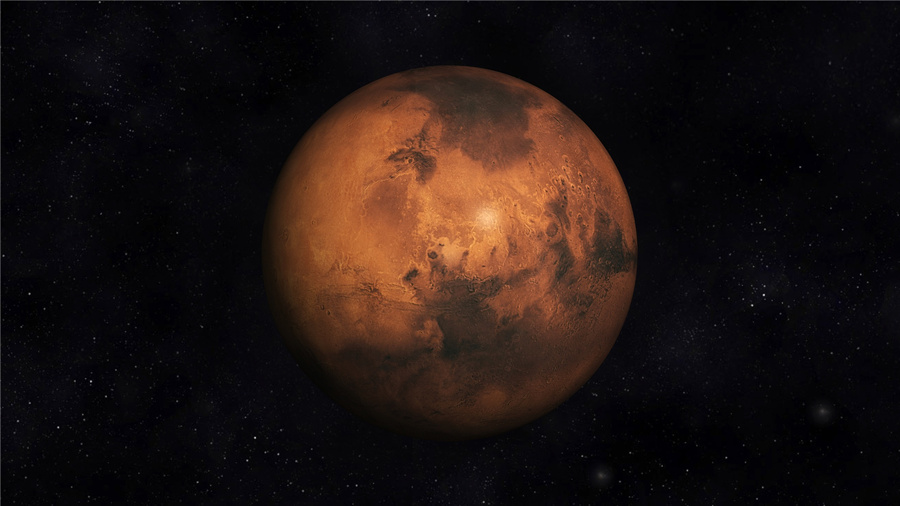Chendu in China is planning to launch an ‘artificial moon’ that will light up the skies as far as 50 miles around.
中国成都计划发射一颗“人造月亮”,它将照亮周边50英里的天空。
The so-called illumination satellite set to deploy over the southwestern city of Chengdu in 2020 is touted to be eight times as bright as the real moon, to cast a ‘dusk-like glow’ over the region.
这颗所谓的照明卫星将于2020年部署于成都西南部的上空。据称它的亮度是真正月亮的8倍,可以为整个地区提供“黄昏般的微光”。
Officials have released few details on the project, but say the idea pulls inspiration from a French artist who envisioned a necklace of mirrors hanging over Earth.
官方几乎没有公布关于这个项目的细节,但表示该理念的灵感来自一位法国艺术家,这位艺术家曾想象过为地球戴上一条镜子做成的项链。
It will complement the moon to make Chengu’s night skies brighter when it launches in 2020, potentially serving as a replacement to conventional streetlights.
这颗卫星于2020年发射,它将作为月亮的补给,使成都的夜空更加明亮,而且可能会替代传统的路灯。
The artificial moon can be controlled to light up an area between 10 and 80 kilometers wide (6 to 50 miles).
这颗人造月亮的照明范围可以控制在10~80公里(6~50英里)。
While it might sound implausible , the experts say the technology has been in the works for years and has now ‘matured’ toward readiness.
虽然这听上去可能令人难以置信,但专家表示,多年来他们一直在研究这项技术,如今这项技术已经“成熟”,准备就绪了。
Whether the plan will ultimately come to fruition, however, remains to be seen.
然而,这项计划最终是否会取得成果仍需拭目以待。

Chengdu’s artificial moon has already been met with criticism from skeptics and concerned citizens who argue that the light will have adverse effects on animals and astronomical observation.
成都的人造月亮已经遭到了怀疑论者和忧虑的市民们的指责。他们认为,人造月亮的光芒会对动物和天文观测产生不良影响。
But it is said that the light will amount only to a ‘dusk-like glow.’
不过据说,它的光芒只相当于“黄昏时的微光”。













